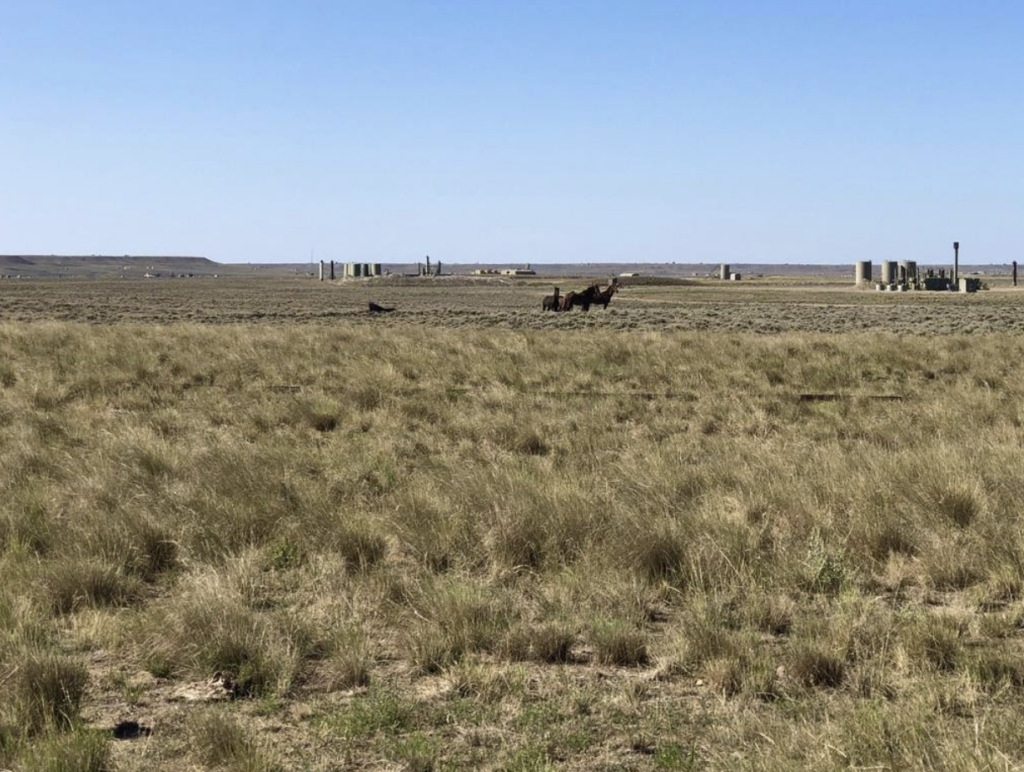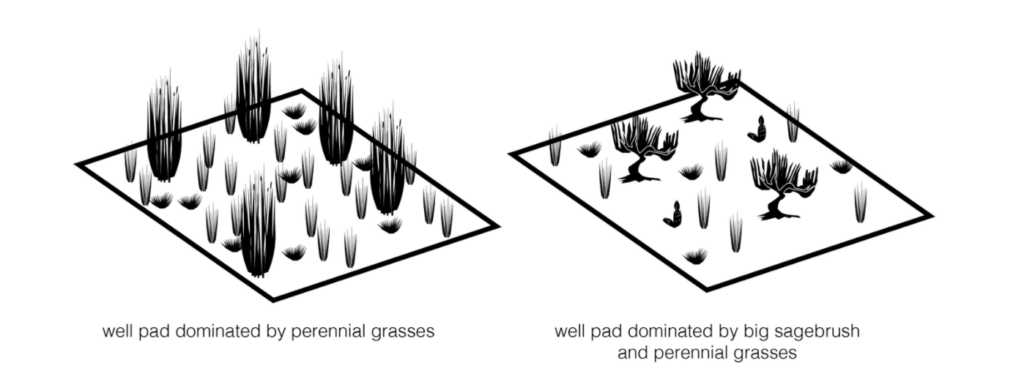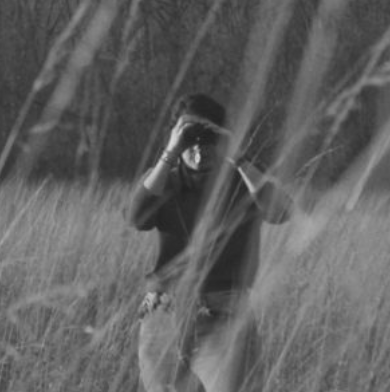I recently returned from Southwestern Wyoming where I collected data over five weeks. The undisturbed Wyoming big sagebrush of the Jonah Field is dotted by disturbed plant communities, in which perennial grasses often dominate during the early stages of plant community recovery after well pad establishment. When well pads are reclaimed—the practice of returning soil and planting seeds to minimize disturbance—well pads are seeded with a mix of native shrubs, forbs and grasses. Plants establish at different timescales in following years, and individuals begin to present selective pressures on one another long before a stable community forms. Community establishment is thus highly complex, often taking decades for sagebrush to return as a co-dominant species.

Well pads at the Jonah Fields are currently seeded with one of four seed mixes—the components of which can vary year to year depending on seed availability. Perennial grass species like Indian Ricegrass (Acnatherum hymenoides), Great Basin Wildrye (Leymus cinereus), and Needle and Thread Grass (Hesperostipa comata) are planted at well pads in varying quantities. I noticed that well pads are often dominated by just one or a few species of perennial bunchgrasses—although all well pads are seeded with between seven and eleven grass species—and that this apparent dominance of certain grasses varied site to site. I found this especially interesting and plan to include these site-to-site differences in my simulations of recovery.

As part of my thesis research, I will simulate the recovery of big sagebrush to these individual well pads. I will obtain results about the timescale of plant community recovery—for example, whether the community returns to a stable state in 50 years, or upwards of 250—and how simulated recovery changes based on what species are currently established. Hopefully understanding the role of perennial grasses in plant stand establishment will uncover implications for seed mixes and reclamation practices at well pads.

Damaris Chenoweth, Western Resources Fellow and Research Assistant | Damaris is a Master of Environmental Science candidate at Yale School of the Environment. Her thesis research focuses on modeling sagebrush community regeneration in areas disturbed by oil and gas extraction. At Ucross, Damaris assesses the vulnerability of conservation targets to climate change in a region known as The Crown of the Continent. For this project, she works closely with US Fish and Wildlife to contribute to a larger Landscape Conservation Design. Blog
